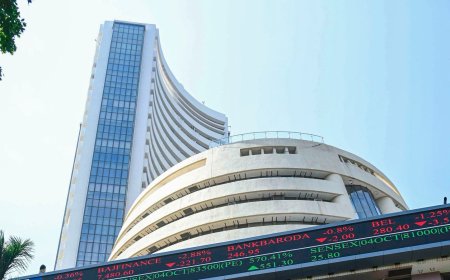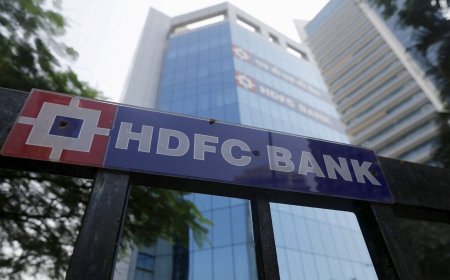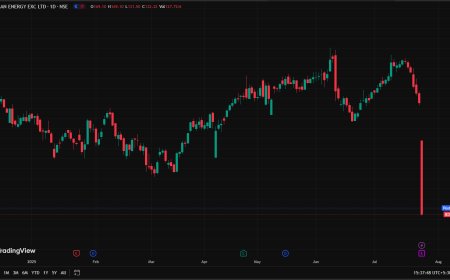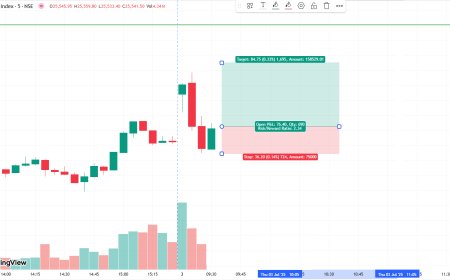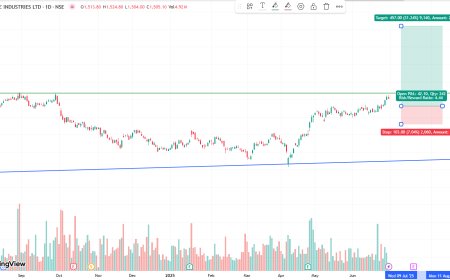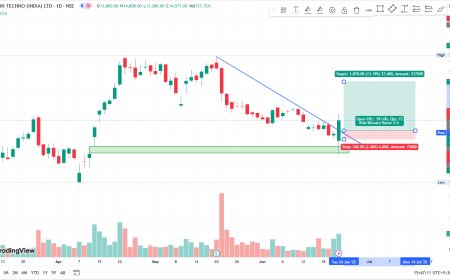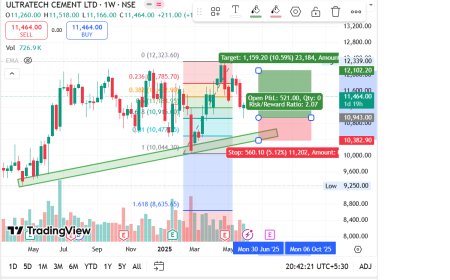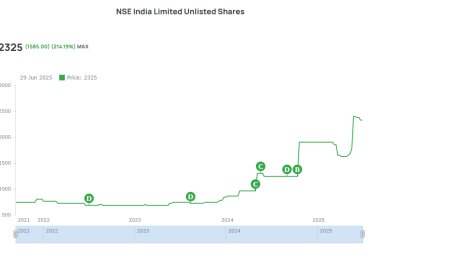India’s $1 Trillion FDI Milestone Masks a Troubling Trend. Here’s Why
India has hit a $1 trillion FDI landmark, but a deeper look reveals slowing inflows, concentration risk, and regulatory challenges. Experts urge structural reforms to sustain momentum.

A Historic Landmark for India’s Economy
India recently crossed a monumental threshold, attracting over $1 trillion in cumulative Foreign Direct Investment (FDI) since liberalization in 1991—a testament to the country’s rising global profile and long-term growth story. The milestone has been hailed as a symbol of investor confidence, the vibrancy of India’s consumer base, and the nation’s increasing integration into the global economic order.
However, behind the celebratory headlines lies a complex reality. While the headline number is indeed impressive, analysts caution that the quality and trajectory of recent FDI inflows reveal emerging concerns that policymakers cannot afford to ignore.
Slowing Momentum: Inflows See Deceleration
According to data from the Department for Promotion of Industry and Internal Trade (DPIIT), annual FDI inflows dropped nearly 16% in FY24, compared to the previous fiscal year. This marks the second consecutive year of decline. Sectors like information technology, telecom, and automobiles—once FDI magnets—have seen stagnation or even contraction in foreign investments.
“India reaching the $1 trillion mark is a huge achievement. But when we look closely, the recent numbers suggest that we might be losing momentum,” said Anita Sharma, Chief Economist at Quantum Analytics. “The slowdown in fresh inflows, especially into core sectors, points to deeper structural concerns.”
Concentration Risk: Few States, Few Sectors
One of the most worrying trends emerging from the FDI data is its geographical and sectoral concentration. Over 70% of FDI equity inflows in the last five years have gone into just five states—Maharashtra, Karnataka, Gujarat, Delhi, and Tamil Nadu. Similarly, IT services, trading, and telecom account for a disproportionate share of FDI, while sectors like agriculture, infrastructure, and manufacturing receive comparatively little attention.
“FDI is supposed to drive inclusive growth,” remarked Prof. Rajiv Mehta of IIM Bangalore. “But if it keeps flowing into already-developed regions and a narrow band of industries, we risk deepening economic disparities.”
Policy Shifts and Regulatory Hiccups
India’s evolving regulatory landscape has also introduced friction in investor sentiment. Changes in e-commerce rules, retrospective tax cases (though now resolved), and the tightening of scrutiny for FDI from neighboring countries like China have created a perception of unpredictability.
“There’s increasing concern among global investors about policy consistency,” noted Rakesh Jain, Partner at Global Horizons LLP, a cross-border investment advisory firm. “For long-term capital to stay committed, investors want regulatory clarity and ease of doing business—not sudden U-turns.”
Although India has made significant strides in improving its Ease of Doing Business ranking in recent years, ground-level execution—especially in states outside major metro zones—remains patchy.
Tech Startups: A Mixed FDI Story
India’s vibrant startup ecosystem has attracted billions in venture capital, especially in fintech, SaaS, and logistics. Yet, many of these investments are funding losses, not profits, raising concerns about long-term sustainability.
In FY23, FDI in startups was down by over 40% year-on-year, according to data from Tracxn. The global funding winter, coupled with valuation corrections, has added to investor caution.
“India still remains a top three destination for tech investments globally, but the bar is now higher,” said Neha Gupta, Partner at Lightbridge Capital. “Investors are asking tougher questions about profitability, governance, and exit strategies.”
What Lies Ahead: Fixing the Fundamentals
India’s potential as an FDI destination remains intact—thanks to a large domestic market, young workforce, and geopolitical shifts that favor China+1 diversification. However, capital chasing long-term returns requires more than just size and demographics.
Analysts and investors are calling for:
-
Deeper structural reforms in land, labor, and logistics
-
Improved dispute resolution mechanisms
-
Greater transparency and regulatory predictability
-
Incentives for investments in underdeveloped regions and priority sectors like green energy and infrastructure
Investor Outlook: Cautious Optimism with a Call for Course Correction
Despite current headwinds, most global investors continue to view India as a key long-term play. But to capitalize fully on its promise, India needs to move from quantity to quality in FDI.
“India’s journey to the next trillion dollars in FDI should not just be about hitting a number,” concluded Anita Sharma of Quantum Analytics. “It should be about channeling that investment into nation-building—creating jobs, improving equity, and driving innovation. The ball is now in India’s court.”
What's Your Reaction?
 Like
0
Like
0
 Dislike
0
Dislike
0
 Love
0
Love
0
 Funny
0
Funny
0
 Angry
0
Angry
0
 Sad
0
Sad
0
 Wow
0
Wow
0




